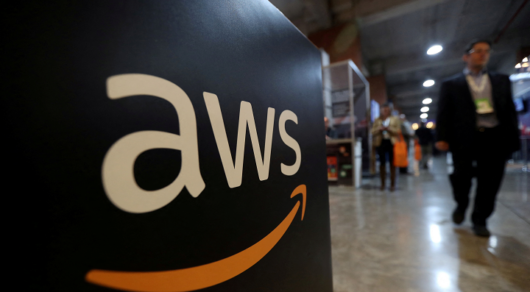August was another month of modest growth for US retail sales which expanded by 2.9 per cent overall. In the general scheme of things, this isn’t a bad uplift, but it underlines the fact that the sector is on a much shallower trajectory than it has been for the past few years.
Once inflation is taken into account, overall retail volumes declined by around 0.3 per cent. Notably, last month’s numbers were revised downward which pushed the 2.5 per cent growth reported at the time to a shallower 2 per cent. This isn’t a huge difference, but it again speaks to various pressures that are preventing retail from expanding at a faster pace.
Core retail sales – which exclude gasoline, foodservice and automotive vehicles – grew by 3.3 per cent, which is the same pace of growth as last month. August was aided by some solid spending on back-to-school products as well as a small uptick in the number of people buying apparel for vacations and in preparation for the fall. Much spending was purposeful and was focused on products that were needed rather than those being bought on impulse.
A pattern seems to be emerging where consumers are cutting back on general browsing and impulse buying but are happier to spend a bit more for certain events. The hope for retailers is that other occasions in the back half of the year, including Halloween and the holidays, will stimulate consumers into buying.
While core retail grew overall, the performance between categories remains patchy. The big-ticket sectors remain firmly in the doldrums with spend at furniture stores down by 7.6 per cent and spending at electronics stores down by 1.6 per cent. Meanwhile, sales at home improvement stores fell by 3.8 per cent. Some of this is down to continued sluggishness in the housing market where fewer people are moving or setting up new homes. This acts as a natural break on all sectors related to the home.
However, some of the decline is also a consequence of more limited financing options and a lack of confidence and willingness to spend large amounts. There is some hope that the holidays will drive more activity in these sectors, especially in electronics which is always big around the holidays, but there is little optimism that the current poor performance will reverse entirely.
Apparel retailers posted a 3.6 per cent uplift in sales which was a marked uptick in performance over last month. Back to school played a role here with many parents prepared to spend to kit their kids out for the new term. Fall ranges coming into stores also created some early interest, while purchases for vacations remained strong. That said, the apparel shopper remains very price sensitive, and more product was bought on discount or through value channels such as off-price. This means the margin and profit numbers may not quite match the growth in sales.
Food and grocery stores saw sales rise by 2.8 per cent. Most of this was driven by inflation which, while gentler, is still pushing up prices. Volumes remain under significant pressure in grocery with consumers using coping behaviors such as brand switching, cutting out inessential purchases, and trading down to cheaper formats. Most food retailers are posting reasonable top line numbers thanks to inflation, but the bottom-line figures are under pressure. Moreover, as growth slows, some polarization is appearing with recent results from Kroger, for example, coming in way below those of rivals like Walmart.
After strong growth last month thanks to Amazon’s Prime Day, non-store sales have returned to a more normalized level with 7.6 per cent growth. We see a lot of online activity in terms of researching prices and deals, and the channel is being used extensively to ensure consumers are getting the best value for money. This bodes well for online as we move into the golden quarter.
Looking ahead, our view and forecasts have not changed. We predict this will be a conservative holiday for retail, marked by an increased polarization between winners and losers. We believe there is some downside as we move into fall. The resumption of student loan repayments, a dwindling down of pandemic savings, and higher debt servicing costs are all going to weigh on consumers and further shift buying behaviors.
About the author: Neil Saunders is MD at GlobalData.






